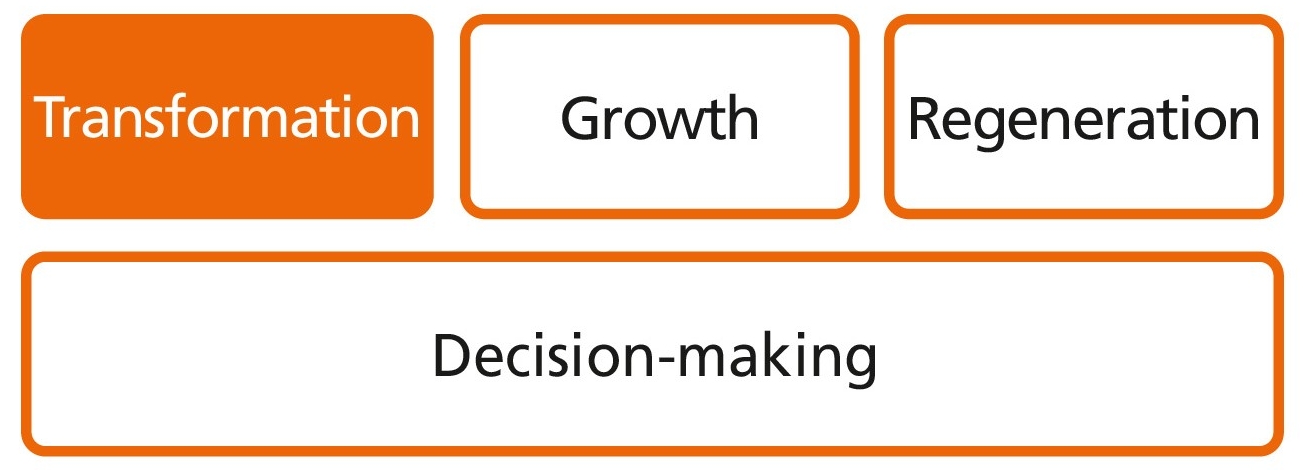What is the challenge?
The purpose of personnel planning is to assign the required number of employees with the appropriate skills to the right tasks (i. e. at the right place at the right time). If companies lack knowledge about their own staffing needs and available skills, this can lead to bottlenecks or overstaffing and to negative workloads (e.g. underutilization). Also, short-term changes (e.g. illnesses, new projects) may require dynamic adjustments. So it is important to gather the information and combine it well.



